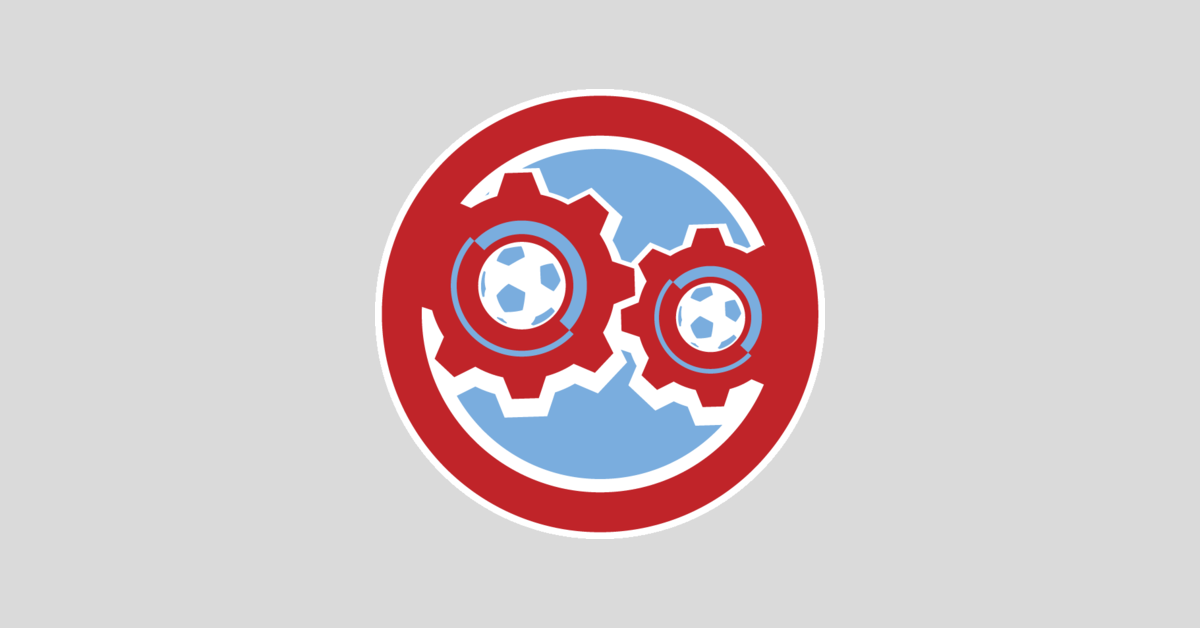A groundbreaking neural network architecture called FramePack now enables high-quality AI video generation on standard gaming laptops with just 6GB of VRAM. Developed by researchers from GitHub and Stanford University, this advancement represents a significant leap in making AI video creation more accessible.
You can now generate AI videos on your gaming laptop with just 6GB of VRAM

Key Takeaways:
- FramePack enables AI video generation on standard gaming laptops.
- Developed by experts from GitHub and Stanford University.
- Operates efficiently with as little as 6GB of VRAM.
- Significant given the model’s size of 13 billion parameters.
- Represents a breakthrough in AI and hardware synergy.
A Breakthrough in AI Video Generation
The realm of artificial intelligence has witnessed a remarkable advancement. FramePack, a new neural network architecture, now allows for high-quality AI video generation on standard gaming laptops equipped with just 6GB of VRAM. This breakthrough comes from the collaborative efforts of Lvmin Zhang of GitHub and Maneesh Agrawala of Stanford University.
FramePack and Its Innovators
Developed by Zhang and Agrawala, FramePack is poised to revolutionize how AI videos are generated. “The duo developed FramePack, a neural network architecture that enables high-quality video diffusion with as little as 6GB of VRAM,” notes the original report. Their work signifies a significant achievement in the field of AI, particularly in making advanced technology more accessible.
High-Quality Videos with Minimal VRAM
One of the standout features of FramePack is its ability to operate efficiently despite the limited VRAM. This efficiency does not come at the expense of quality. Users can generate sophisticated AI videos without the need for high-end hardware, a barrier that previously limited many enthusiasts and professionals.
The Significance of 13 Billion Parameters
FramePack’s capability is especially noteworthy given the model’s substantial size. “This is a significant achievement, especially given the model’s size – 13 billion parameters,” emphasizes the article. Managing such a large model typically requires extensive computational resources, but FramePack circumvents this necessity through innovative architecture and optimization.
Impact on Accessibility and Future Developments
By reducing hardware requirements, FramePack opens up AI video generation to a broader audience. Gaming laptops, widely available and more affordable than specialized equipment, can now serve as powerful tools for AI creativity. This democratization has the potential to spur innovation and lead to new applications in various fields.
Conclusion
FramePack represents a significant stride in aligning AI capabilities with accessible hardware. As the technology continues to evolve, such breakthroughs will likely play a crucial role in shaping the future of AI and its integration into everyday tools.











